|
Looking forward to exploring Boston's Freedom Trail? Check out these tips and tricks and you'll be saving, time, money, and effort, while learning a fair bit about our country's founding!
Disclosure: some of the links below are affiliate links. If you purchase a linked item, I will make a commission, at no extra charge to you. As an Amazon Associate, I earn from qualifying purchases. Updated, July, 2021
Looking to learn some history on
|
|
In the 1950s, a Bostonian journalist had the foresight to unite Boston's historic sights around a pedestrian-friendly walking trail. Since then, the allure of The Freedom Trail has only grown, including the addition of Boston's Black Heritage Trail, which runs a similar route, uniting destinations pivotal to Black history in Boston and the struggle for freedom throughout the country.
|
Boston's Freedom Trail Tips for Tourists
Boston Freedom Trail Hotels
How long does it take to walk the Freedom Trail?
I divide the Freedom Trail into three sections:
First, the area around Boston Common and the Granary Burying Ground, second, the North End, and third, the Bunker Hill Monument on the other side of the Charles River. The North End has more to see than the other two. If you start down at Boston Common and walk to the North End, it's worth taking a quick Uber/cab up to Bunker Hill to ease your inevitably suffering feet! Personally, I'd do it in two days - one day covering that southern portion (Boston Common, etc. and maybe also seeing Beacon Hill and some other non-Trail areas) and one day in the North End, and venturing up to the Bunker Hill monument, if you wish.
The Freedom Trail wiggles its way through Boston and there are many other things to see beyond just the sights highlighted on the Trail itself. Also, the Trail is so open-ended, and you can spend as much, or as little, time in each spot as you wish - or skip spots - that you could see what you want to see in a day, if you're a big walker and don't do everything.
So take your time, be reasonable with your walking expectations, and enjoy your experience.
Dealing with crowds on the Freedom Trail
Crowds are a fact of life in any major tourist attraction, and they're especially noticeable here, as they stand out starkly from the Bostonians going about their daily lives. Depending on the time of year, the crowds are certainly manageable if you're prepared for them and follow a few simple tips to make things more enjoyable for yourself.
Explore the Freedom Trail
in the morning
Of course you'll have to be mindful of when sights open, but get going as early as is reasonable and plan to take a long lunch, when crowds really start to surge. Remember that a lot of sights close at 5.
Walk on the other side of the road
from the red bricks
The Freedom Trail is a physical, thin line of bricks that snakes around Boston. It's not hard to follow, you'll have a map (either physically or on your phone), and it's incredibly easy to see where it's going, as you can just follow the people in windbreakers and other people with maps who clearly aren't walking to work.
If you want to be seriously less stressed, walk on the opposite side of the road from the actual red brick line. Everyone wants to walk directly on the bricks and that side of the road can get a bit jammed. Especially in the North End, the sidewalks get more narrow, the crowds increase, and that brick path is *packed.*
Give yourself some breaks
from the Freedom Trail
How to save money on
the Freedom Trail
Figure out in advance which sights are most important to you and skip those you aren't as interested in. Or, alternatively, if you reach a sight and it's crowded with tour groups, put it to the side and come back to it later, once the group has left. The large number of people on guided tours adds to the general crowded feeling of some of the attractions, so if you can ease that, it'll make your experience more enjoyable.
Additionally, I will note that there are 3 public meeting houses on the Freedom Trail (one pictured above). As they all played a very important role in Boston's rise to power and the movement for independence from Britain, it makes sense (New Englanders loved nothing more than gathering). That said, the Old South Meeting House and the Old State House are 2 of the 4 places that charge admission (along with Paul Revere's House and, recently, The Old North Church). If you're looking to cut down on cost, consider entering only Faneuil Hall, which is free, will give you your public meeting house vibe and history, free of charge, and is probably sufficient for you to get the idea. I would choose The Old North Church and Paul Revere's House over adding a second or third meeting house to your agenda.
What to wear on the Freedom Trail?
How do I buy tickets for the Freedom Trail?
You can, however, opt to take a tour through The Freedom Trail organization itself, should you wish!
Eating and Drinking on the Freedom Trail
The Bell in Hand Tavern on The Freedom Trail
|
We all know I love a good pub, and I was pleasantly surprised with our lunch in the North End, The Bell in Hand. Named for the owner's sideline - serving at Boston's town crier for 50 years, and purporting to have gotten its start in 1795, its scenic location gets a visit to the North End off on the right foot, with narrow streets and a cozy, historic vibe.
|
Water and coffee on Boston's Freedom Trail
Pro tip: order a small coffee. Many places on the Freedom Trail (rightfully) don't allow beverages inside, so you might as well finish it off before you go in.
Books to Read Before Visiting Boston
- The City-State of Boston: The Rise and Fall of an Atlantic Power, 1630-1865, Mark Peterson.
- The Revolution Trilogy, Rick Atkinson.
- 1776, David McCullough. A sweeping overview of the entire year and the causes of the Revolution, McCullough's Pulitzer Prizer will get you the background you need. It's not only focused on Boston, but nor was the Revolution, no matter what you're led to believe on the Freedom Trail ;)
Movies to watch before visiting Boston
- John Adams miniseries - one of my absolute favorites, depicting the life of one of Massachusetts's favorite sons. The portion covering the Boston Massacre is particularly poignant.
- Glory - the true story of "the 54th" (the Union Army's second all-black regiment) is portrayed with heartbreaking detail. The 54th is commemorated in a stunning relief near the Massachusetts State House.
Freedom Trail Map
Freedom Trail Sight: Boston Common
Freedom Trail Itinerary
Unlike Virginia, Massachusetts had distinctly religious motivations, which continued to drive policy making in the colony long after its founding. Puritans practiced a strict form of Christianity, reflected today in unadorned churches where participants sat for Sunday marathon sessions so long they actually took breaks, and were intolerant of other religions in their colony and government. The colony was wealthy and successful, which, along with its historic status, kept it in the forefront of power in the American colonies throughout the colonial period.
Remember my quip about New Englanders loving to "gather" - it is based in fact. Boston Common currently holds the title of oldest public park in the United States, dating to 1634 (it really has no competition to speak of!). It contains everything, from a graveyard, Central Burying Ground, to a "frog pond."
Boston Common is a great starting point for your adventure on the Freedom Trail, and it's the meeting point for many tours, if you're taking one! Take as much time walking around as you wish. It's quite large, so don't wear yourself out just yet!
Freedom Trail Sight: Granary Burying Ground
And, of course, this is your first (of many) Paul Revere sights! His modest stone is straight to the back of the burying ground.
The Franklin monument in the center is actually Benjamin Franklin's parents. Franklin was born a Bostonian, though he became famous for his connection to his adopted hometown of Philadelphia. The new, massive, stone replaced the original in 1827.
A deeply horrifying story I picked up while researching: in 2009, a tourist discovered a previously unknown grave in the burying ground...when she fell into it. Luckily for her, she only fell into the staircase into the tomb, and came out unharmed, but I'm still beyond freaked out about it. It's true - there are articles about it.
Freedom Trail Sight: Boston Massacre Site
It was here, on a chilly night in 1770, that a confrontation between a crowd of Bostonians and the British troops stationed outside the Boston Customs House led to the discharge of weapons, without orders, and what would ultimately be deemed the first (5) deaths of the American Revolution. The aftermath was in many ways more interesting than the event itself, with John Adams taking the case in defense of the troops, in spite of widespread Bostonian opposition to his decision. Ultimately, two of the six soldiers were convicted of manslaughter and given small sentences; the others were acquitted. The victims are buried in the Granary Burying Ground that we discussed earlier, next to Sam Adams, at his specific request.
Paul Revere's famous engraving of the "Massacre" horrified colonists up and down the eastern seaboard and served as literal flash point of the growing tension between the colonies and the mother country.
Freedom Trail Sight: Fanueil Hall
|
It's time for my recommended meeting house of choice, and one of the most visited places in the United States, the historic Fanueil Hall. Named for slave trader Peter Fanueil, who built it at his own expense and donated it to the city of Boston (and, naturally slapped his name on it), it has a complicated history.
|
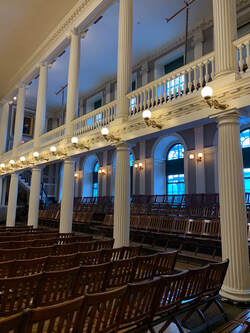
With its massive numbers of tourists, the blocks around Fanueil Hall are one of the most "touristy" areas I've ever experienced. In fairness, as my husband reminded me, even The Louvre is attached to a shopping mall. No need to linger in this area unless there's something here that appeals to you specifically.
Freedom Trail, Part II: Boston's North End
It was in the North End that many of the activities surrounding the Revolution were centered, and here that we will find the oldest home in Boston!
Freedom Trail Sight: The Paul Revere House
Freedom Trail Sight: Paul Revere Mall
|
The first sight you'll want to visit in the North End is the home of Paul Revere, the silversmith/engraver famous for risking his life riding through the countryside to warn the townspeople of the impending British invasion, in 1775. |
This home was old when Revere purchased it, having been built in 1680 (and rebuilt after a fire). It's a modest dwelling by modern standards - essentially just 3 rooms you can really tour, but with multiple floors and separate areas for the various functions of life, he was living large for his time, especially given his day job as a tradesman. According to the foundation that runs the home, 90% of the structure is original to Revere's time, as are many of the furnishings.
|
One of my favorite plaques commemorates The Salutation Tavern, meeting place of Boston's famed Committee of Safety, and location in which the Boston Tea Party was planned. If you ever doubted our status as a previous British colony, commemorating pubs on plaques will certainly remind you!
|
Freedom Trail Sight: The Old North Church
Freedom Trail Sight: Old North Church Garden
Freedom Trail Sight: Copp's Hill Burying Ground
|
The final sight on our tour of Boston's Freedom Trail is Copp's Hill Burying Ground (we're all about those cemeteries!), which was a personal highlight for me. It's older than the Granary Burying Ground we visited earlier this journey, and was the city's second cemetery, founded in 1659.
|
Thanks so much for stopping by!
Love it? Pin it!
Thanks for stopping by my blog! This is an awesome post with great tips - can you believe that I've lived in Boston for a year and haven't ever walked the entire Freedom trail? Love the tip to walk opposite the brick path for some extra space. Also can't believe that story about a tourist falling into an undiscovered grave - yikes!
hahah oh I know - isn't that terrifying? Glad I hadn't read that before I went! Well when things are back to normal, you should definitely check it out!! xx
Great read. We did the freedom trail a couple of years ago during a New England road trip. In hindsight I wish I had prepared a bit better and allowed more time for Boston. The way our tour was planned, we ended up just having one day there and although we walked most of the trail (although we didn’t actually go beyond the river), it was all a bit rushed.
But I do hope to come back and spend a bit more time.
This was so helpful! I am traveling to Boston for the first time ever in a few months and came across this post via Pinterest. Thank you for all the helpful tips!
Hi Marcela - Thank you so much!! I hope you have a wonderful trip!! Happy to help!!
Leave a Reply.
Archives
July 2024
May 2024
April 2024
March 2024
February 2024
January 2024
December 2023
November 2023
October 2023
September 2023
May 2023
March 2023
November 2022
August 2022
June 2022
May 2022
October 2021
August 2021
July 2021
March 2021
January 2021
November 2020
October 2020
September 2020
July 2020
May 2020
April 2020
March 2020
November 2019
August 2019
Categories
All
Arizona
Boca Grande
Boston
California
California Wine Country
Canada
Charleston
Chicago
Colonial Williamsburg
Disney World
Florida
Glen Arbor
Harry Potter
Indianapolis
Michigan
Midwest
New England
New York
San Francisco
Sedona
Virginia
This website uses marketing and tracking technologies. Opting out of this will opt you out of all cookies, except for those needed to run the website. Note that some products may not work as well without tracking cookies.
Opt Out of Cookies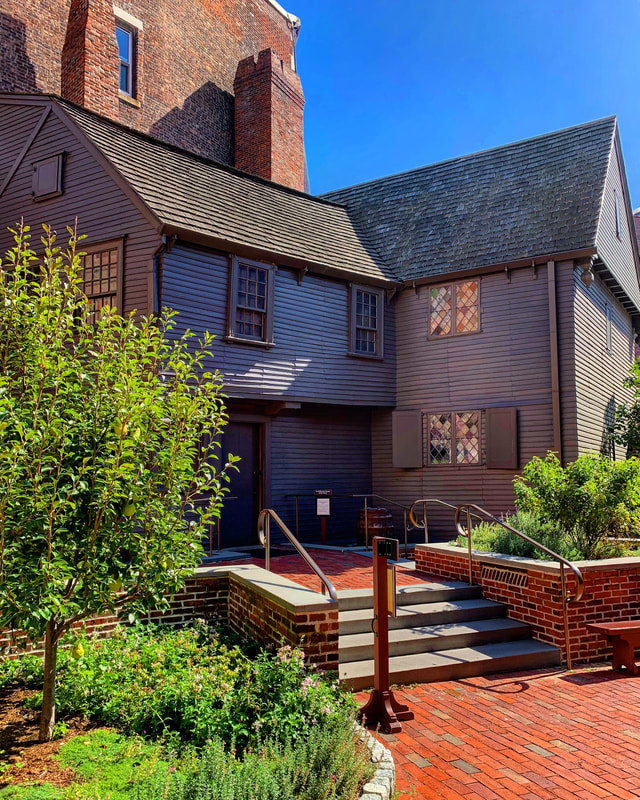
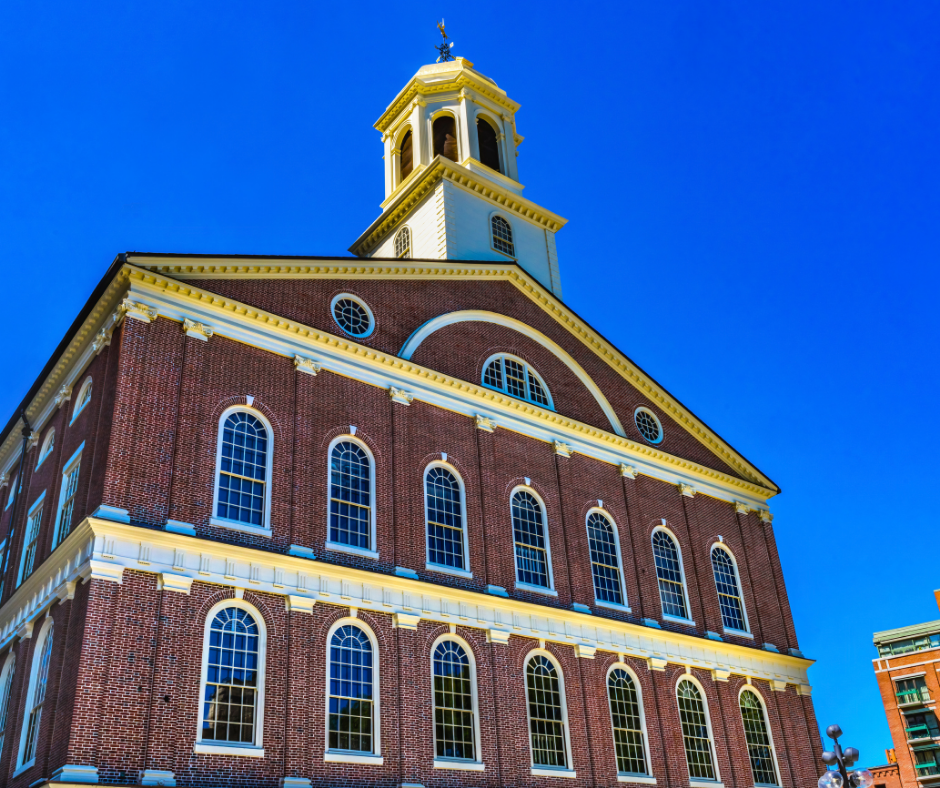
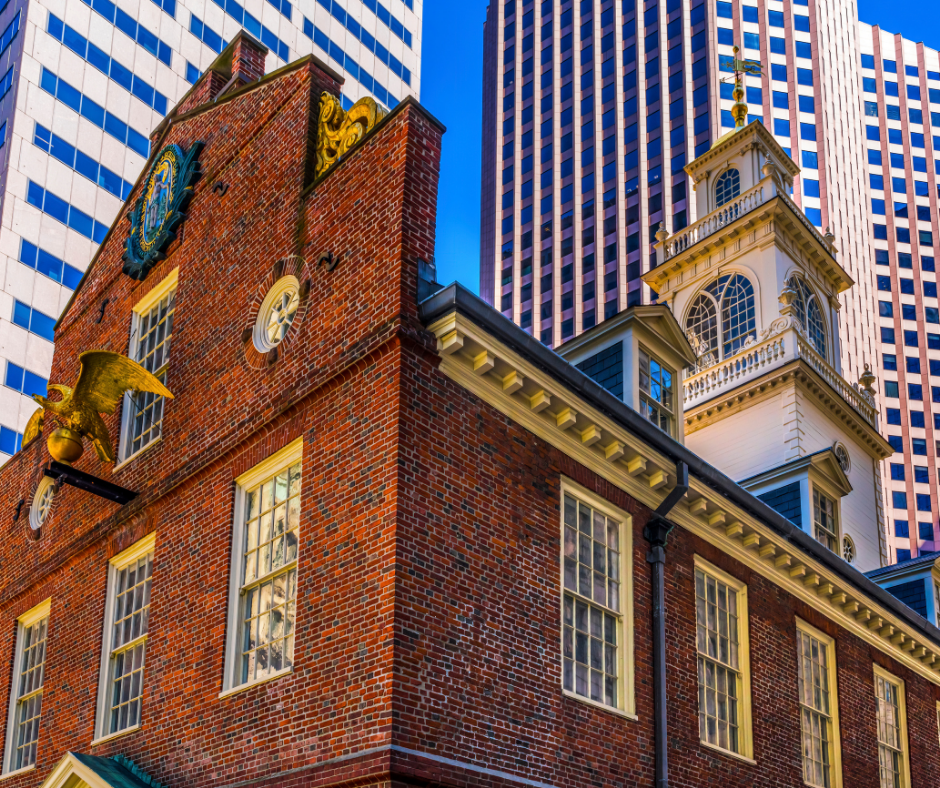
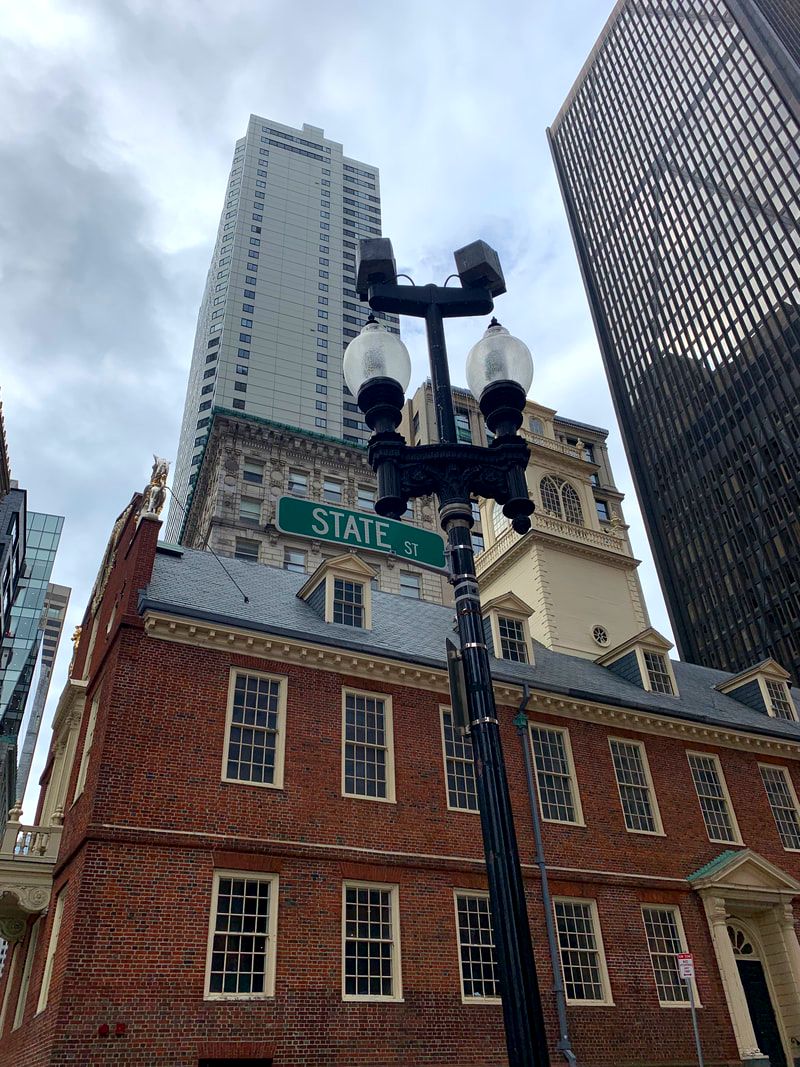
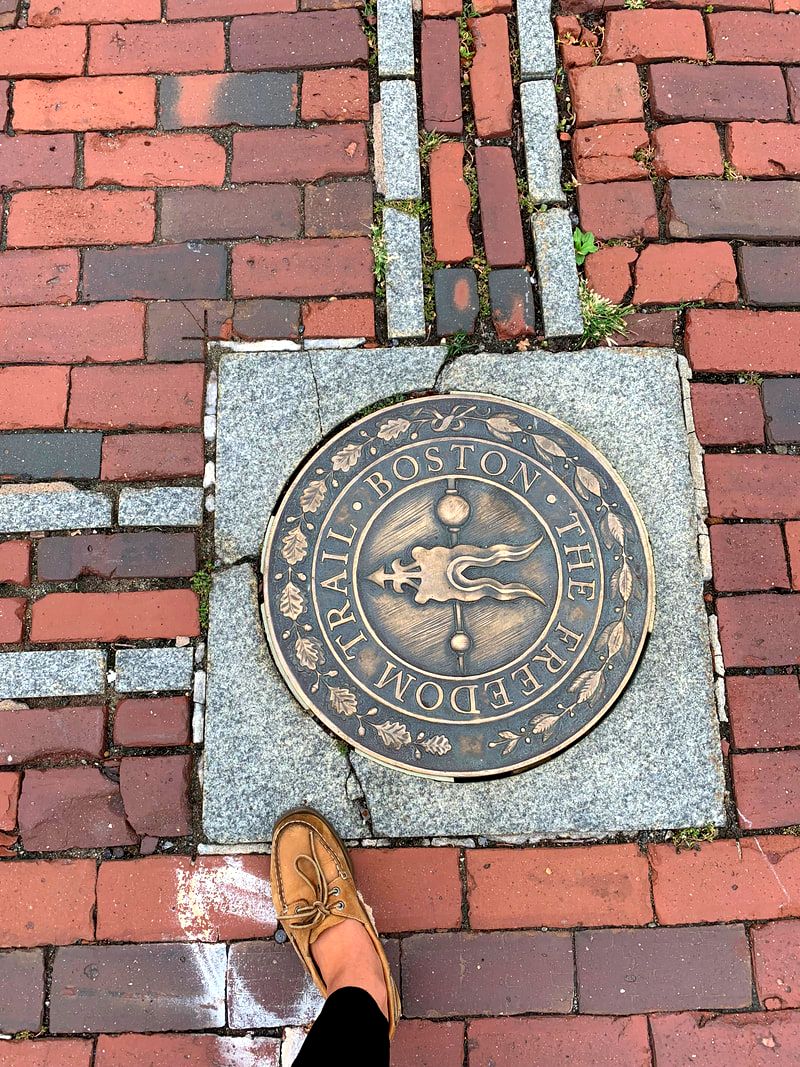
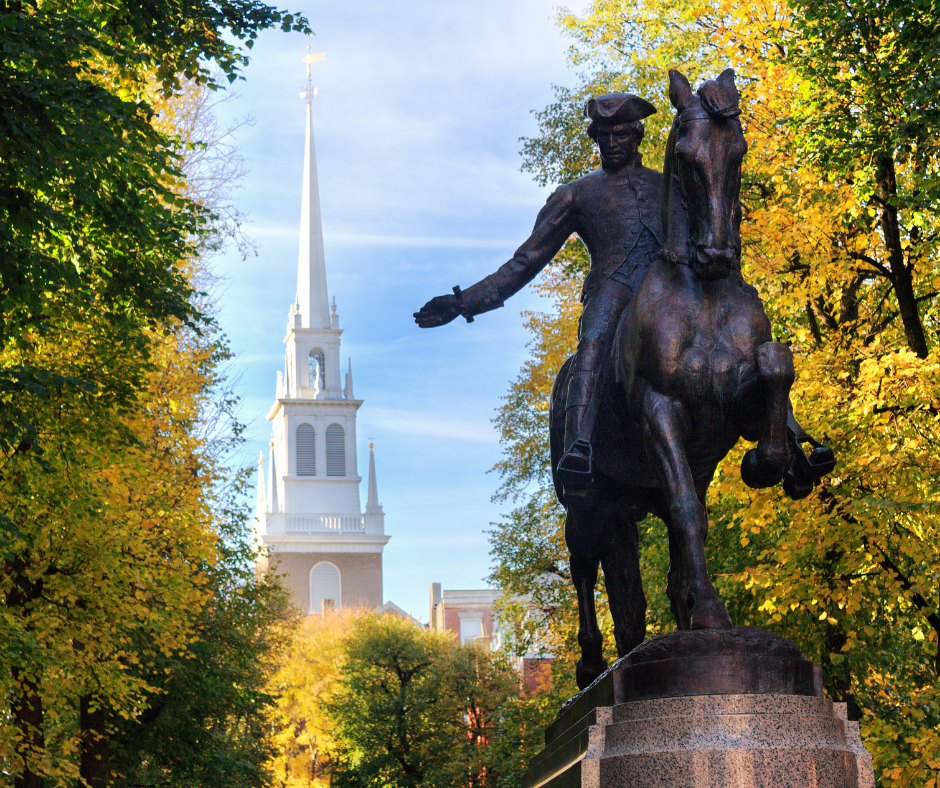
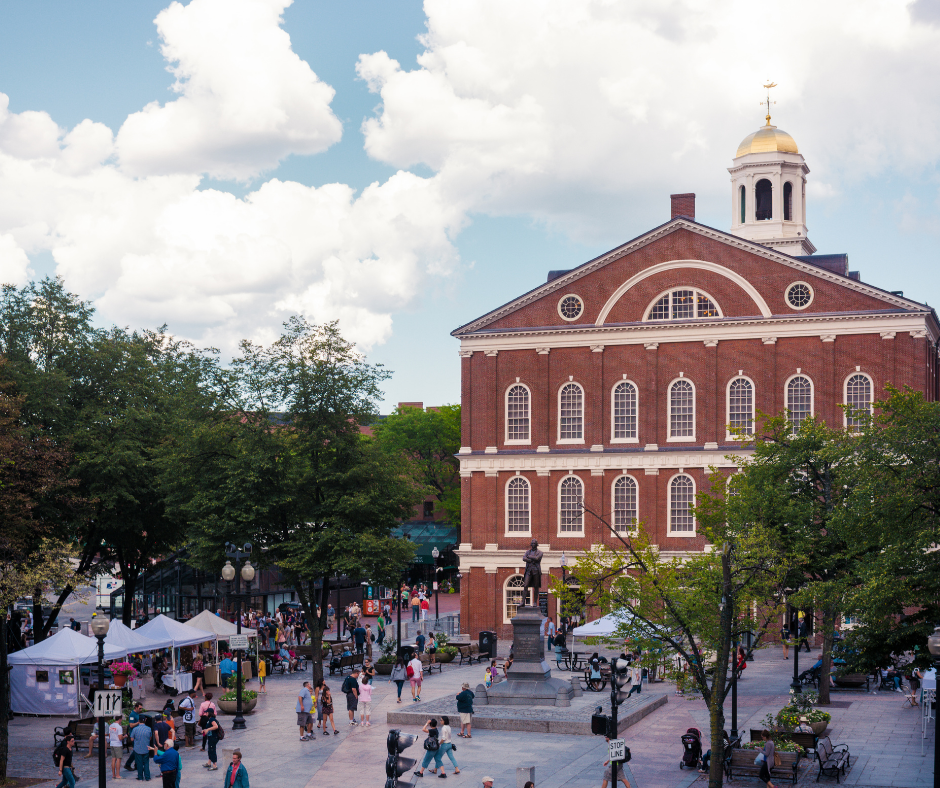
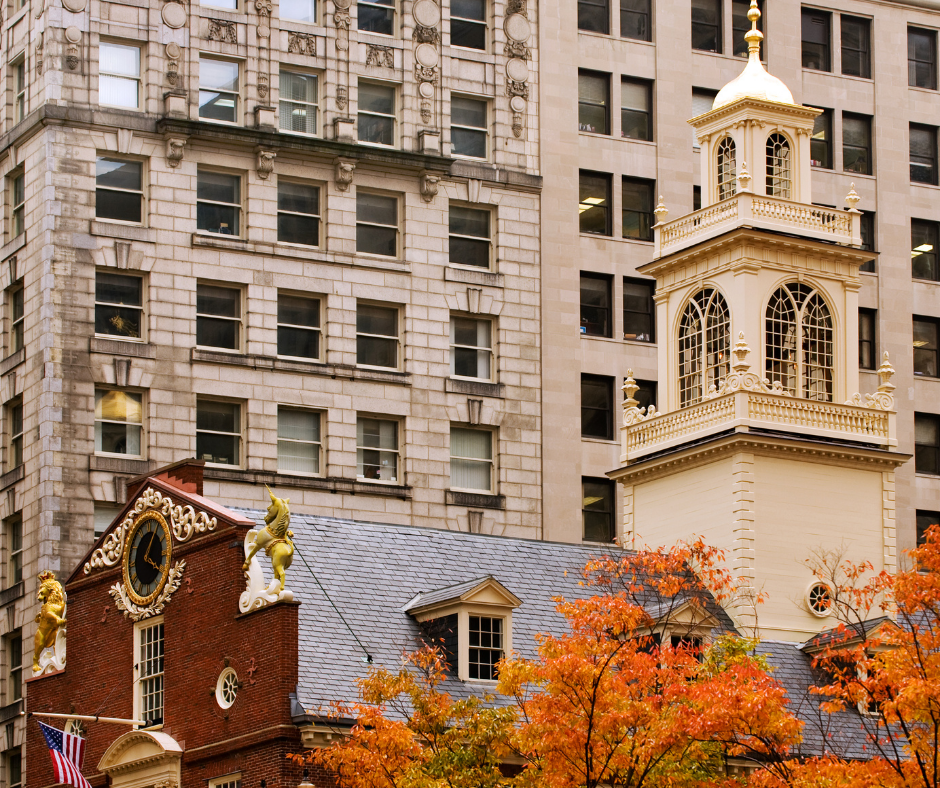
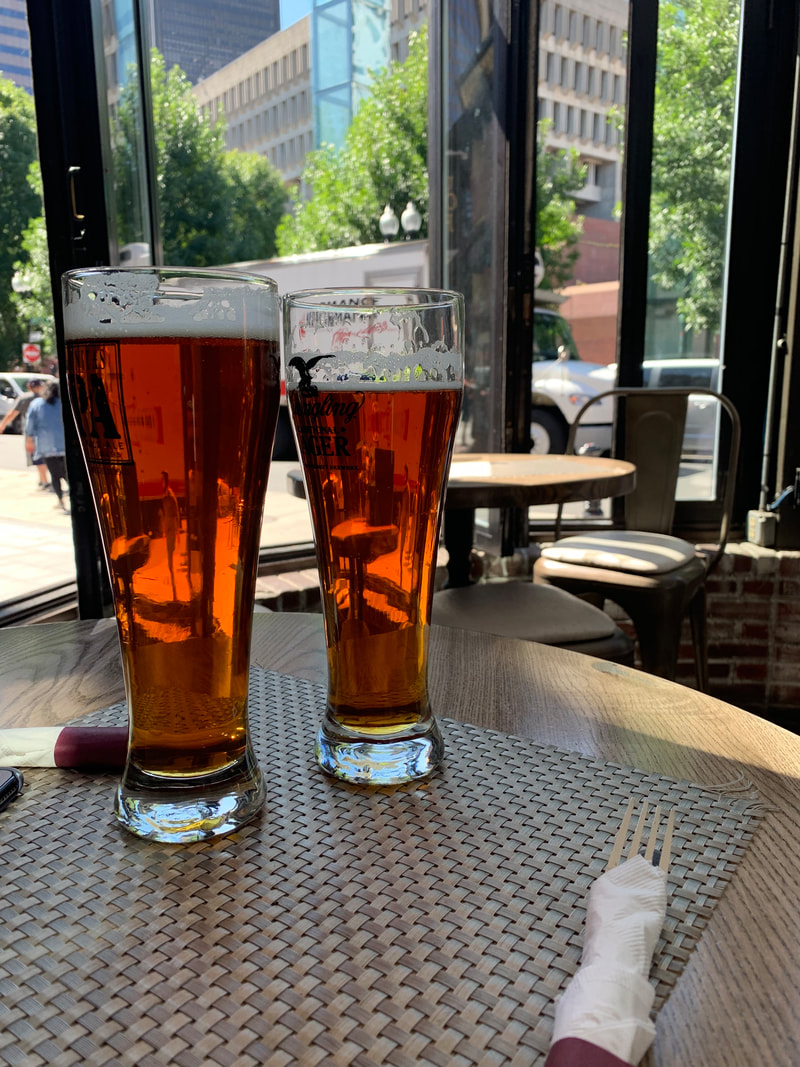
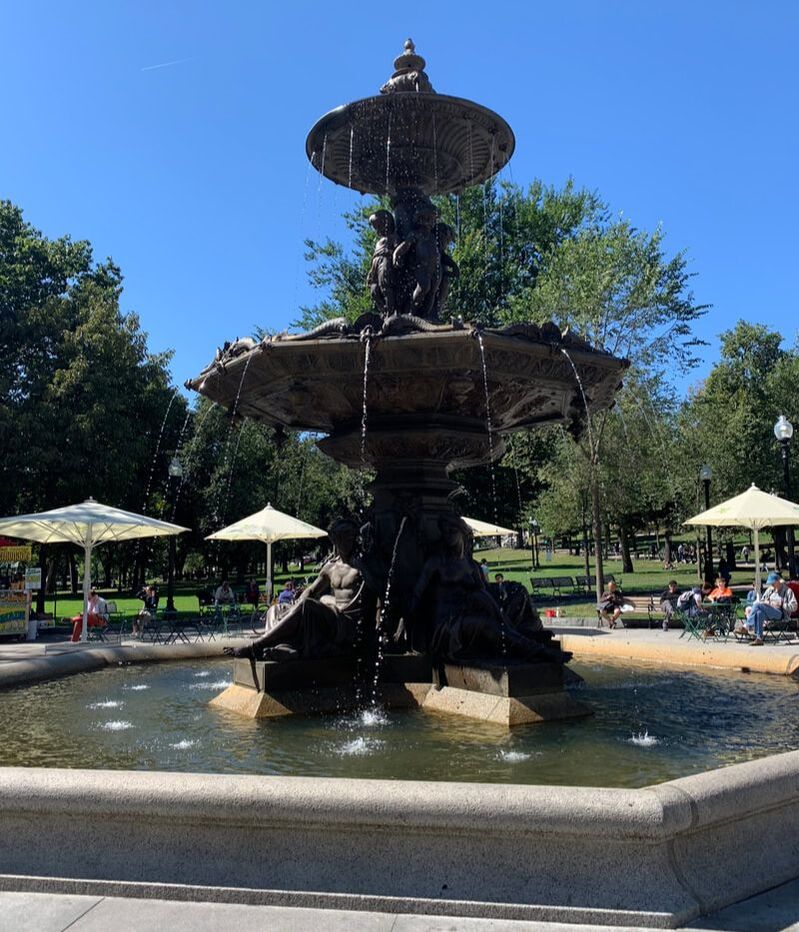
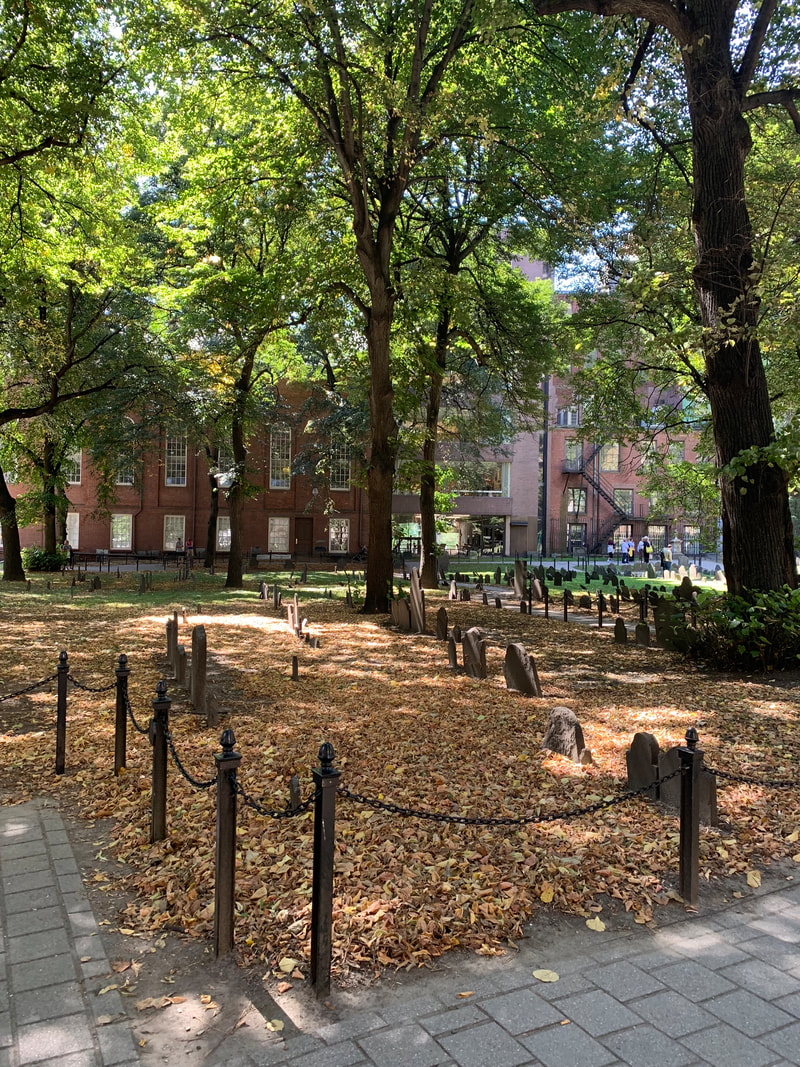
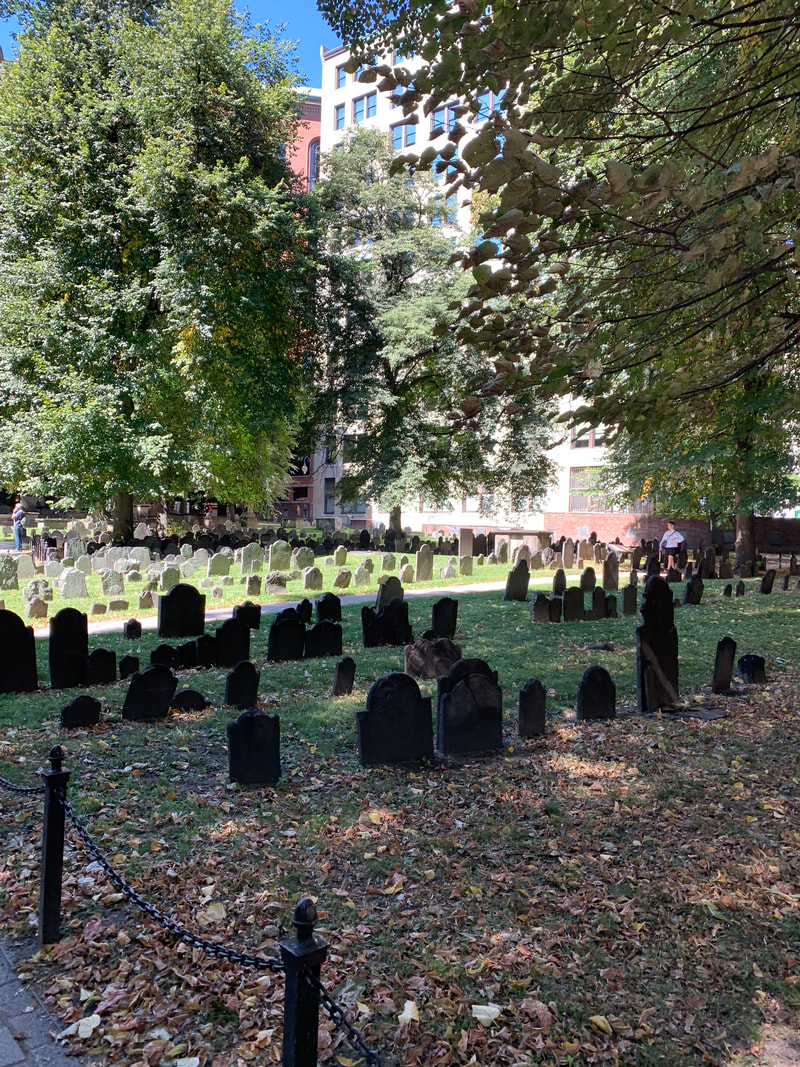
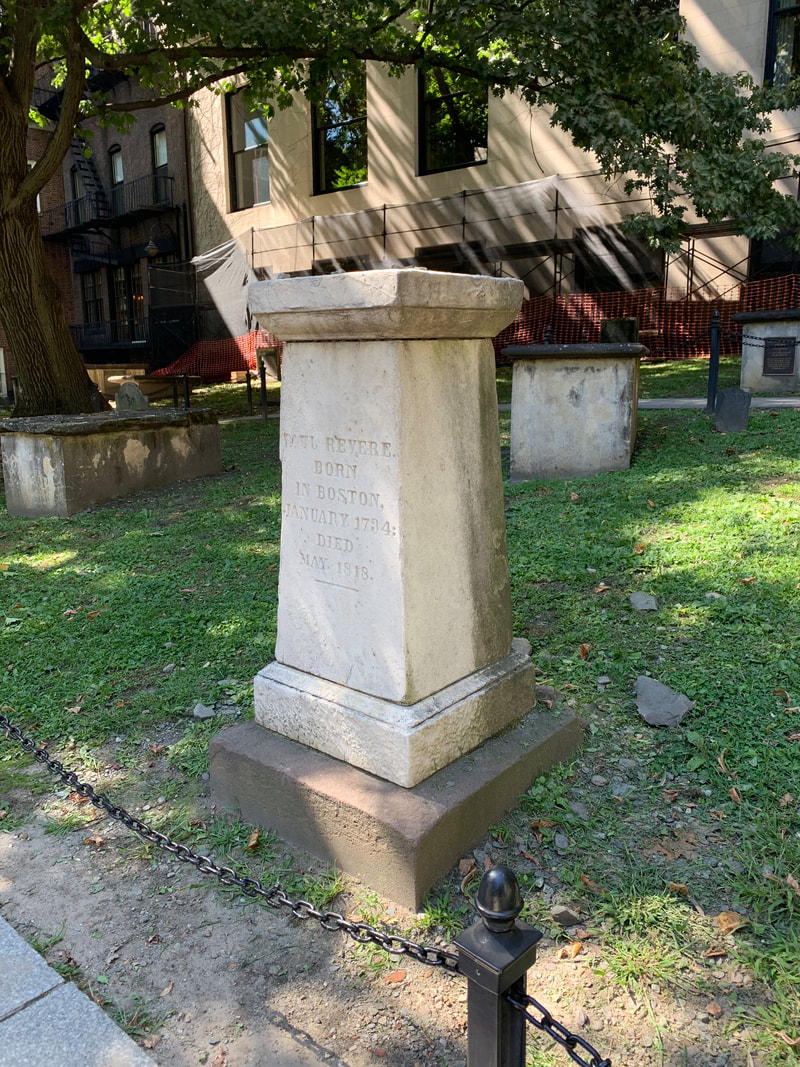
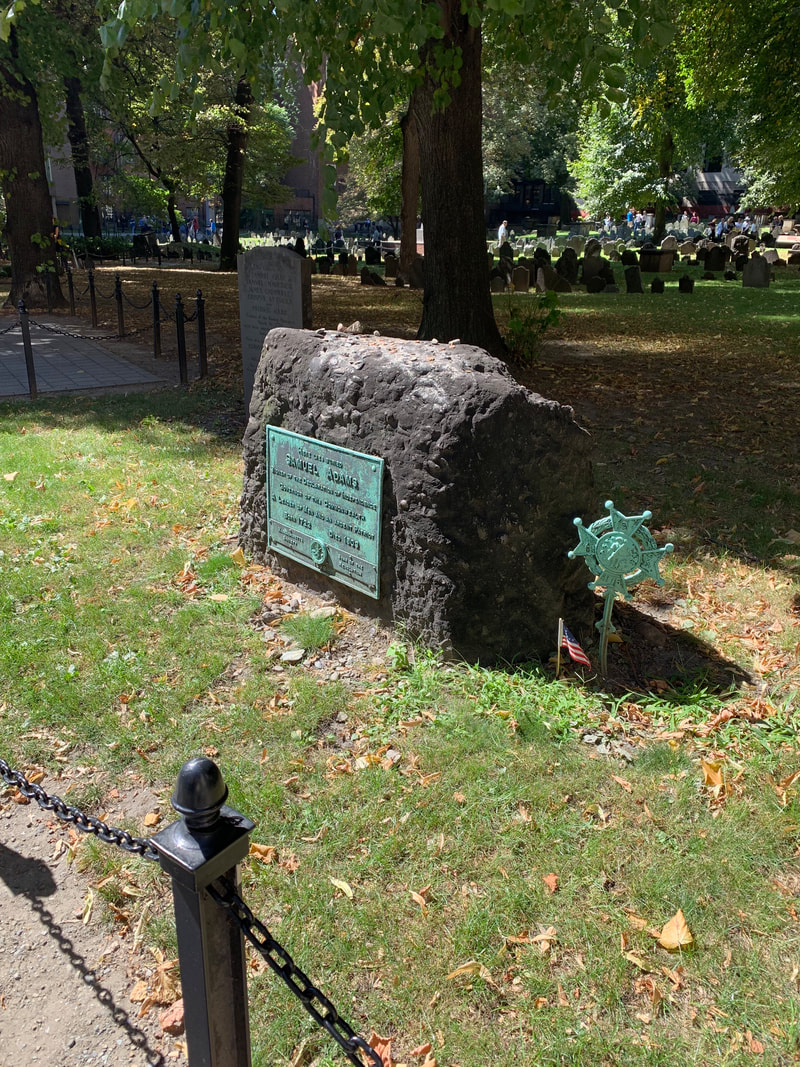
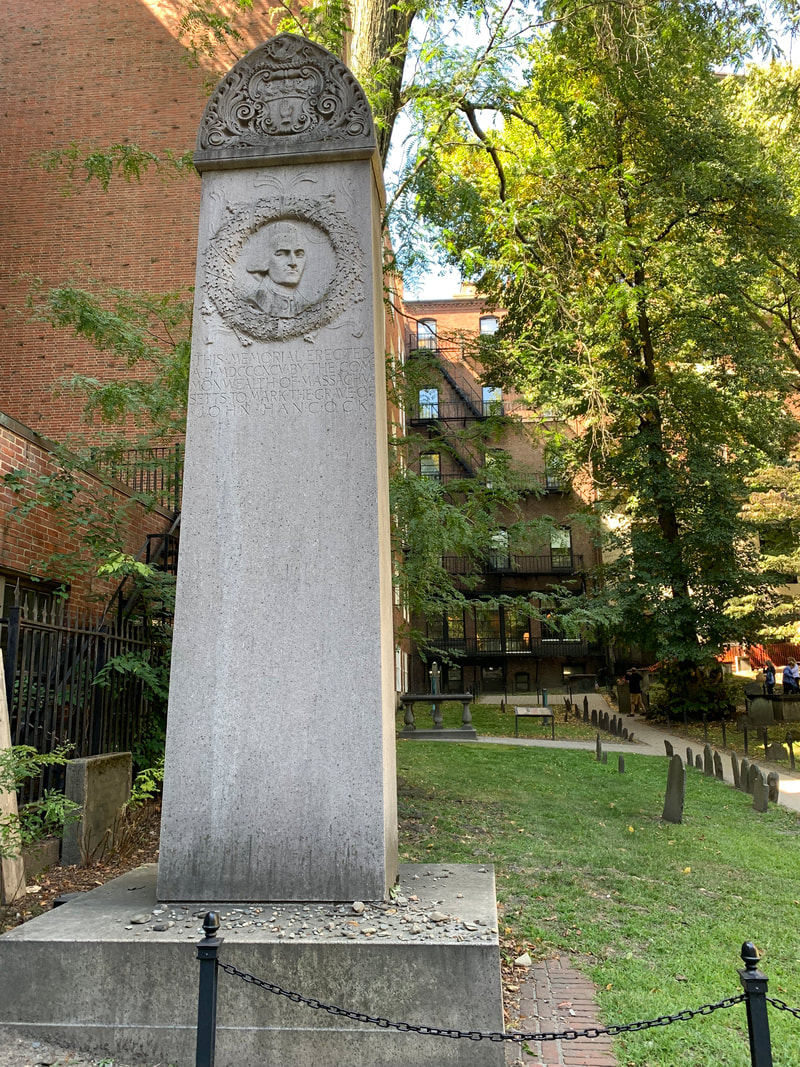
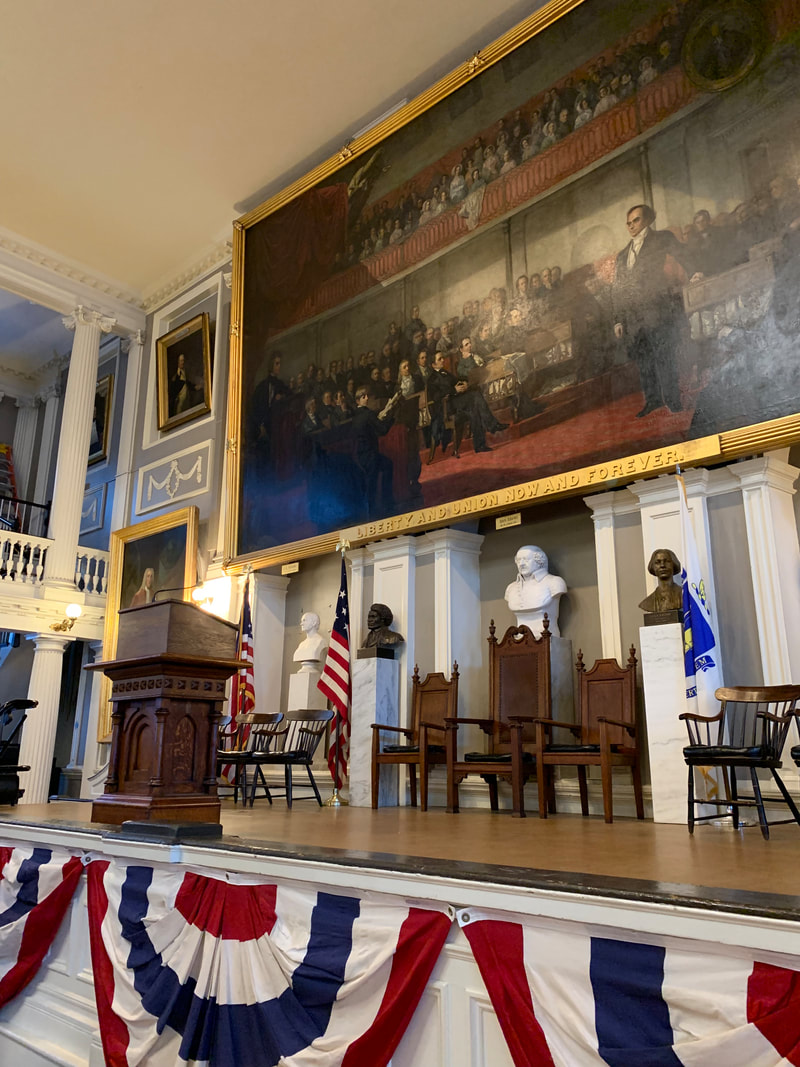
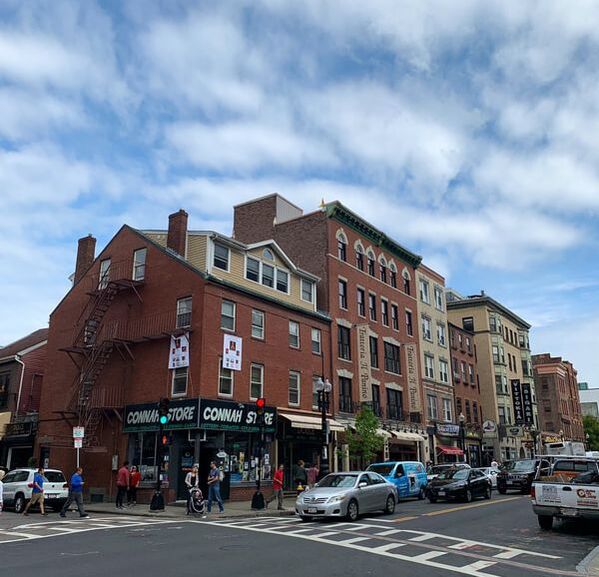
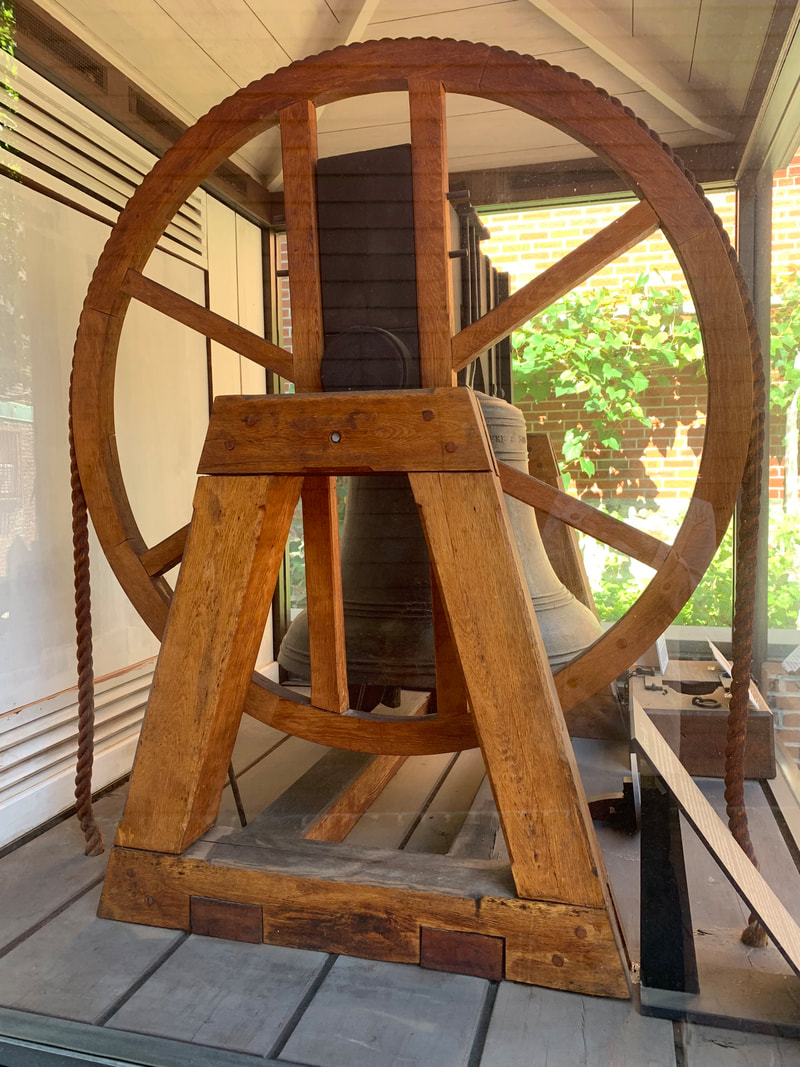
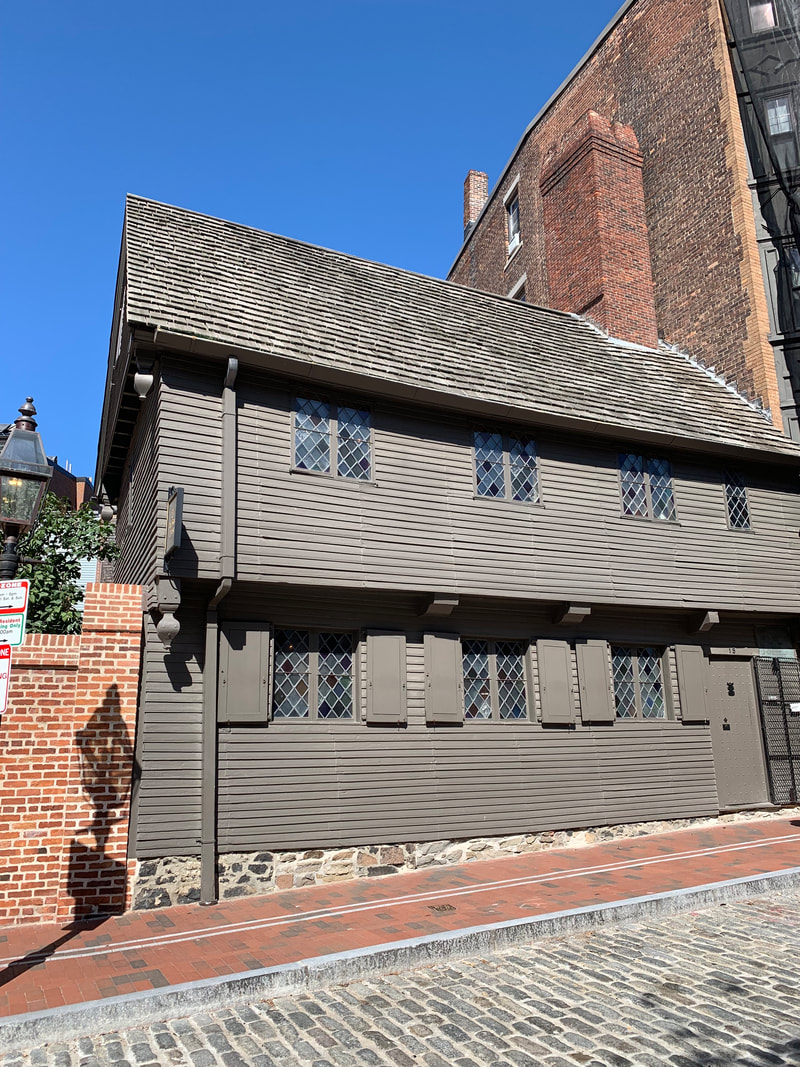
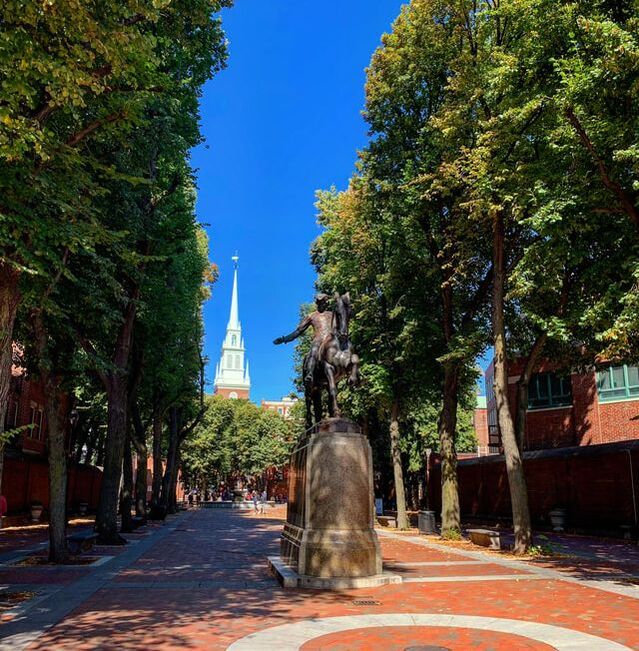
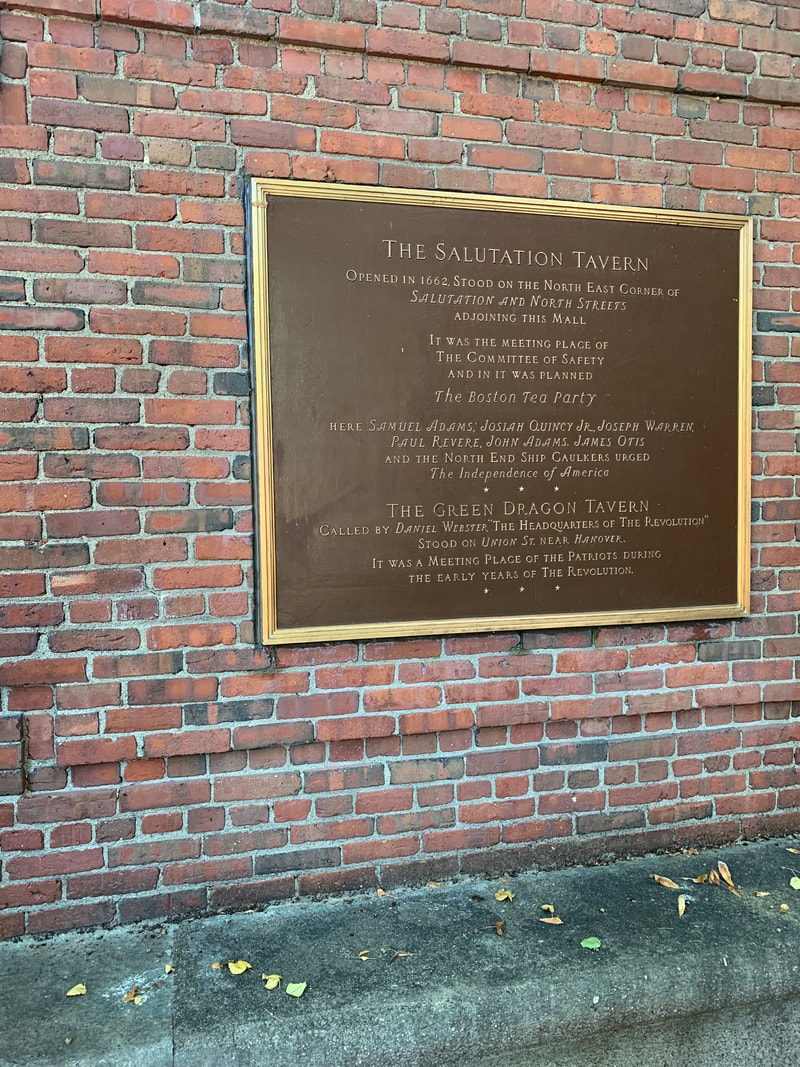
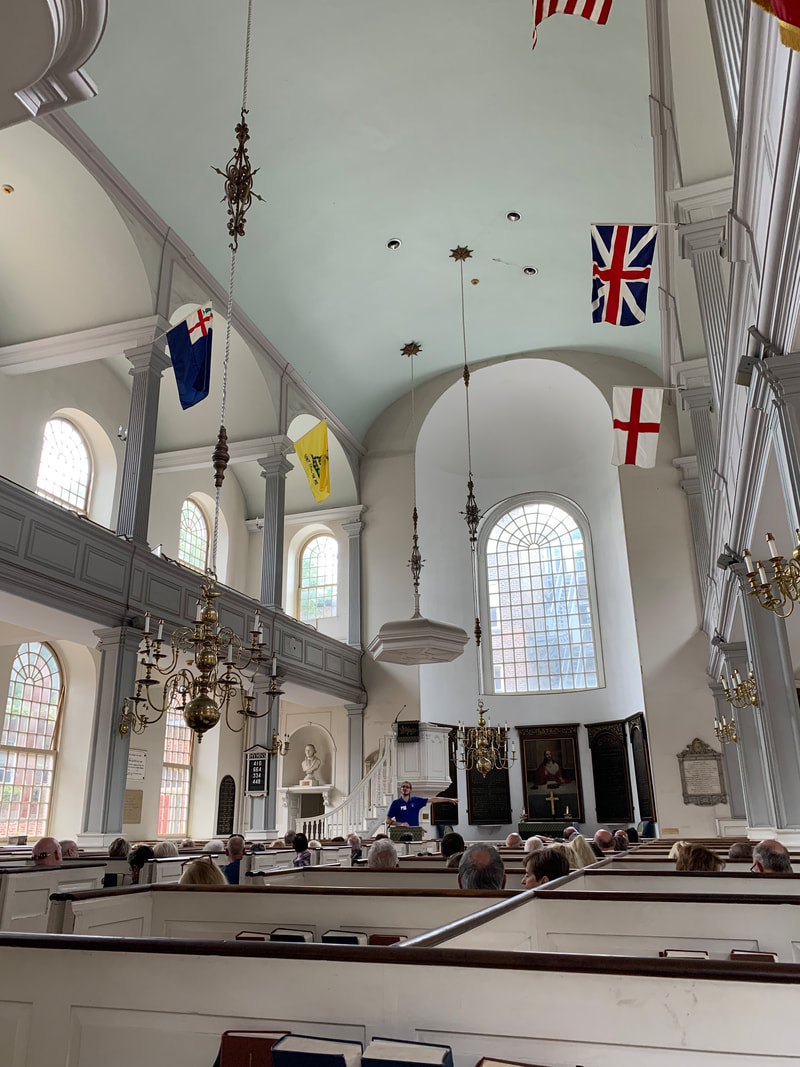
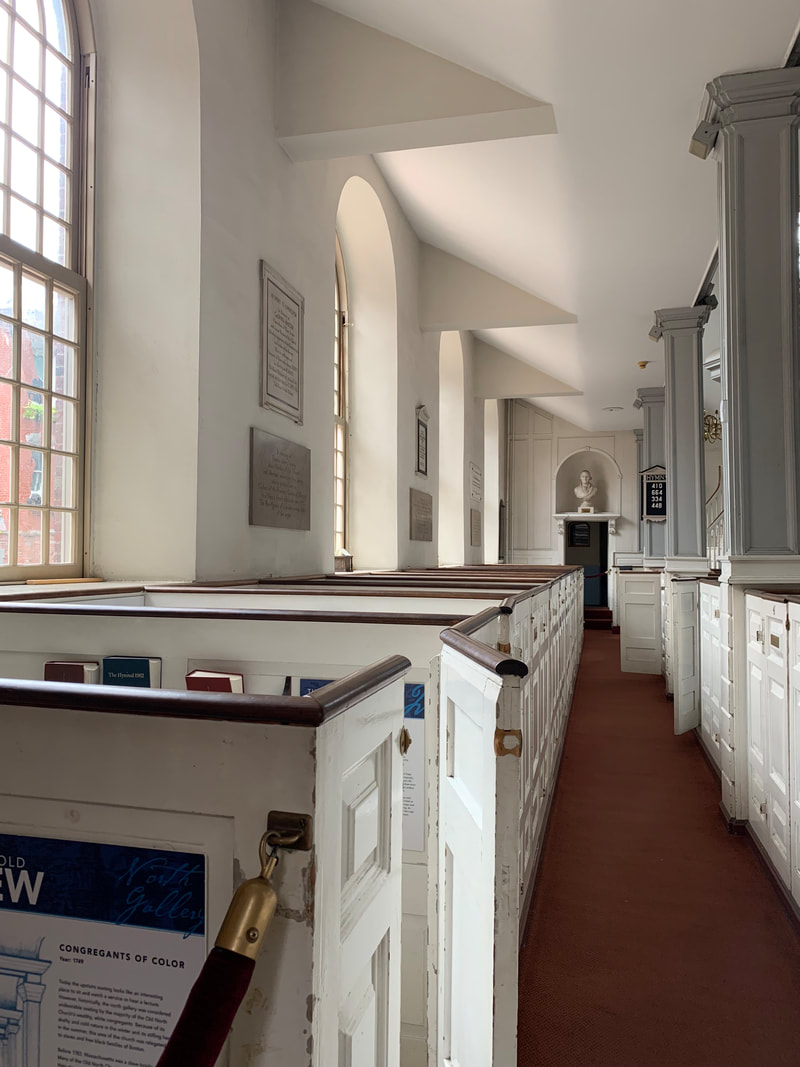
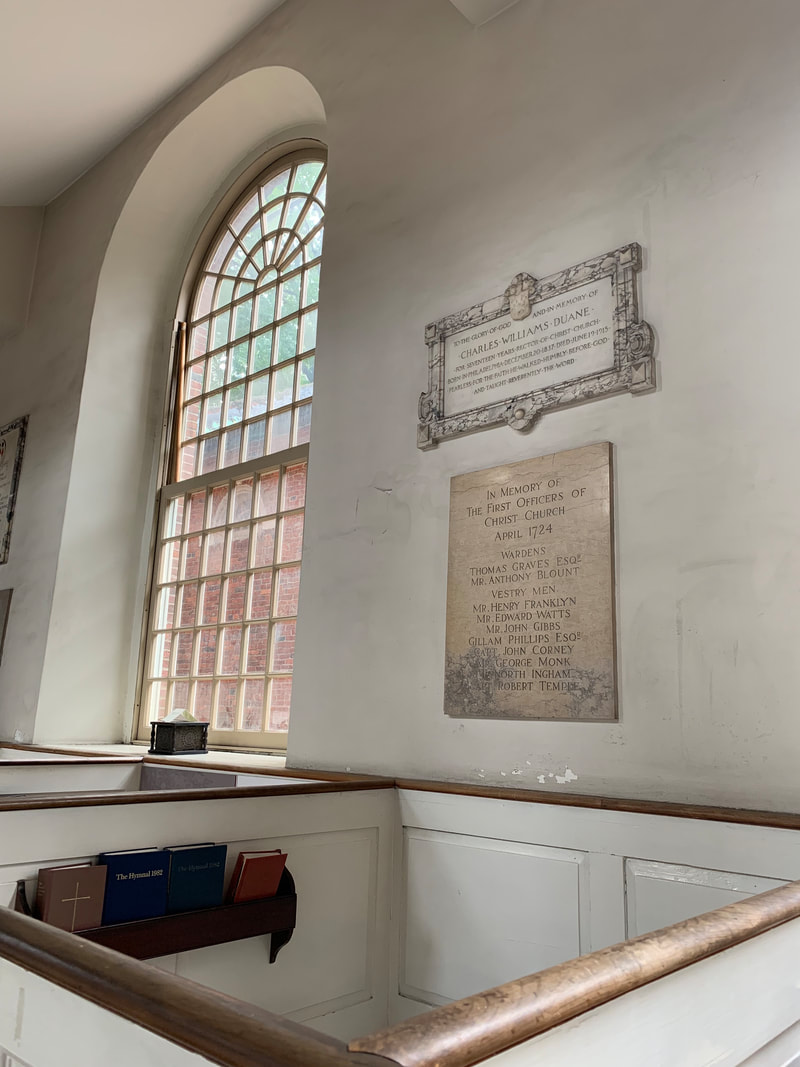
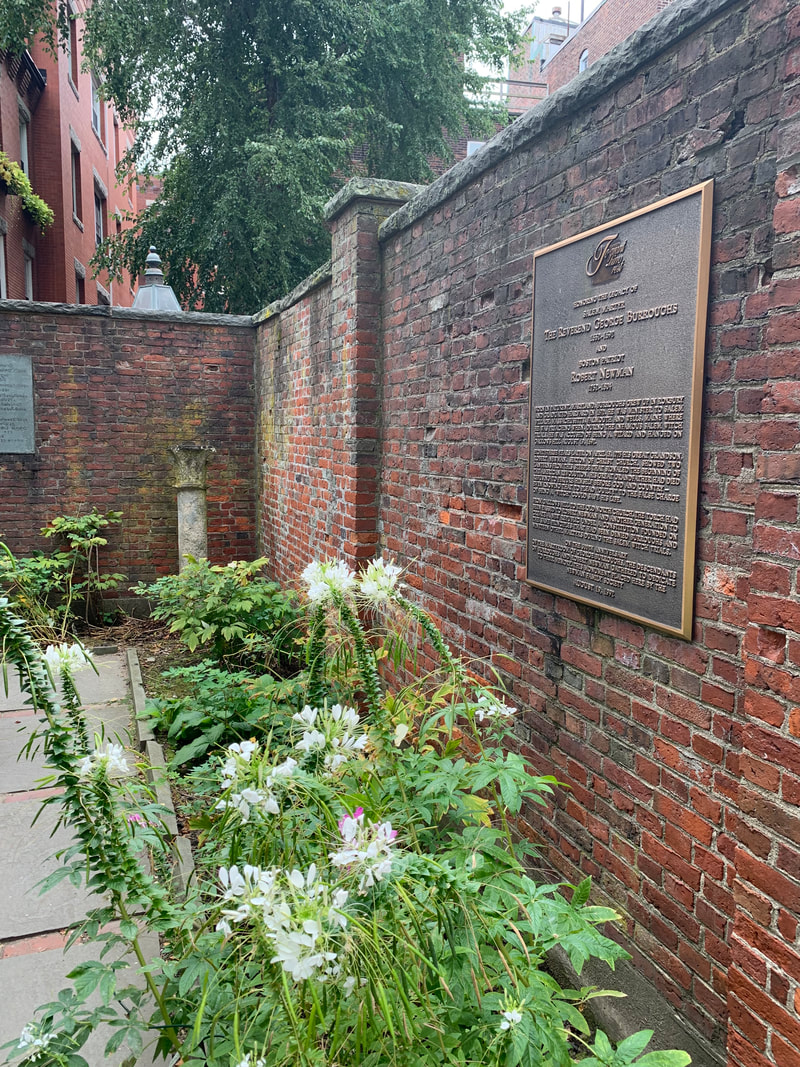
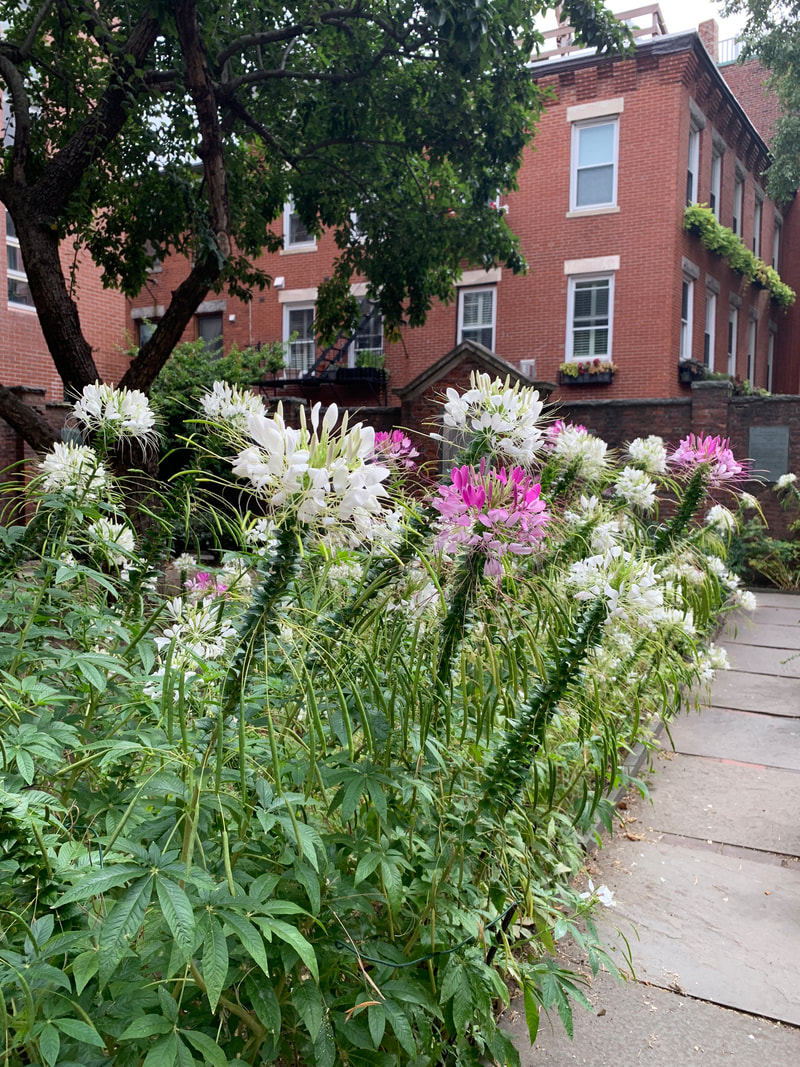
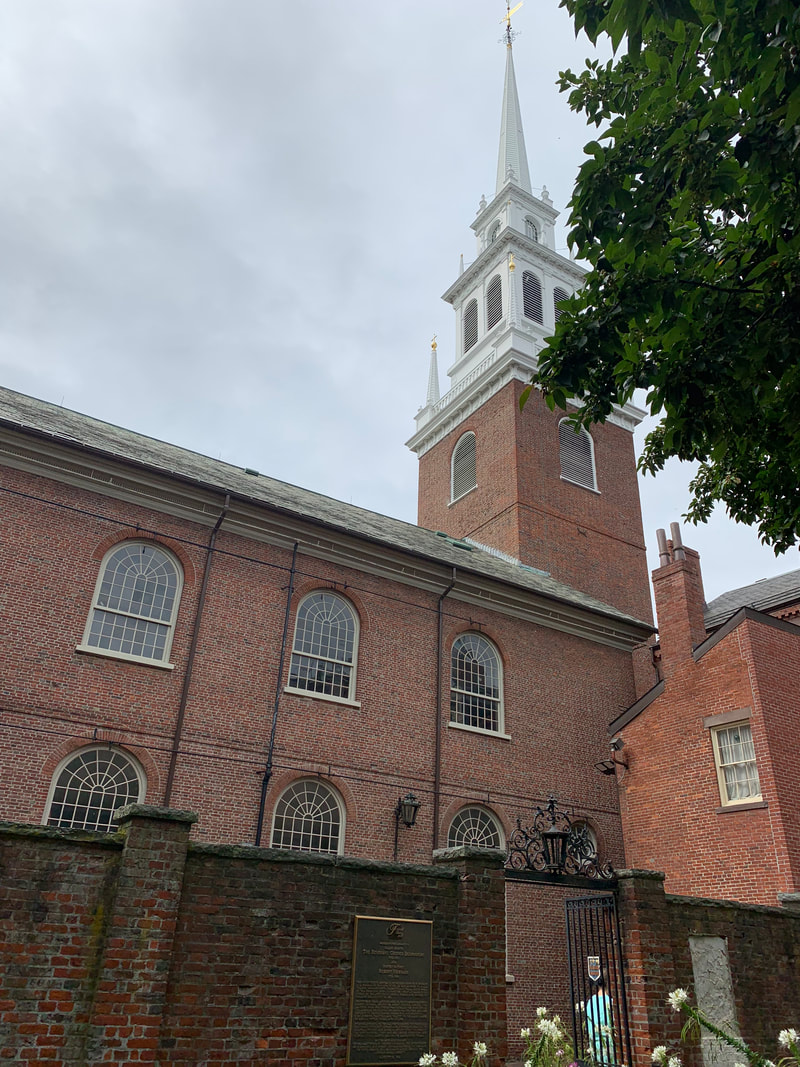
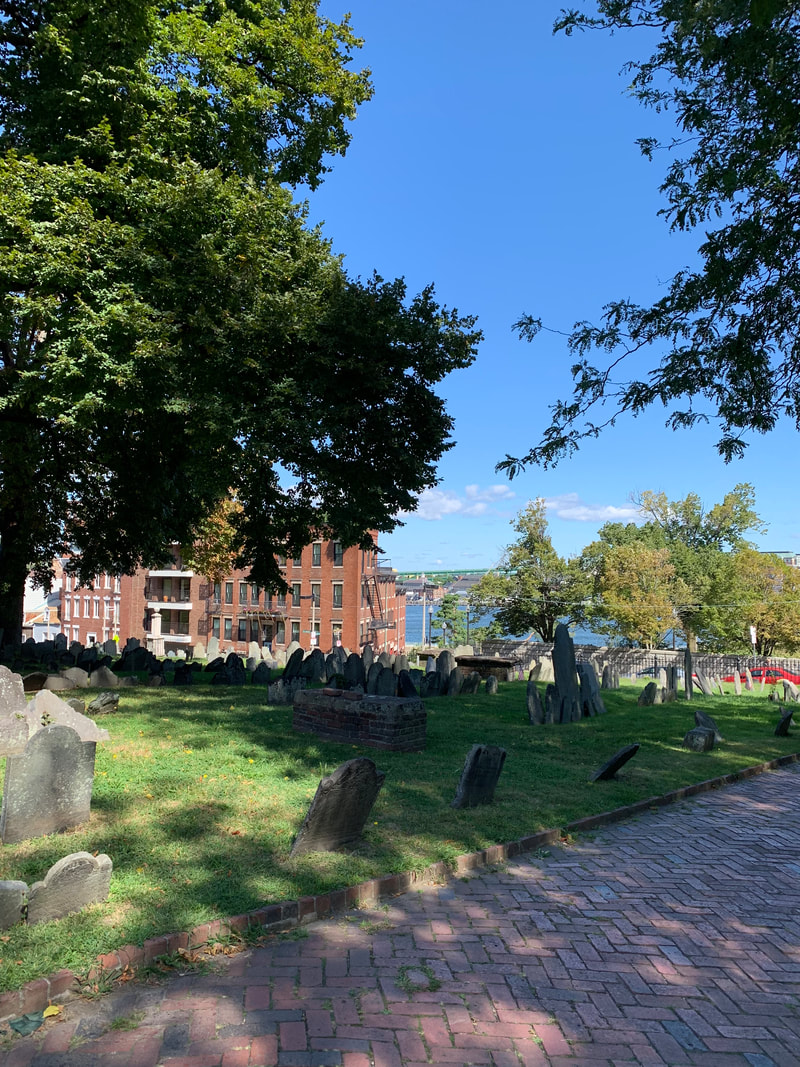
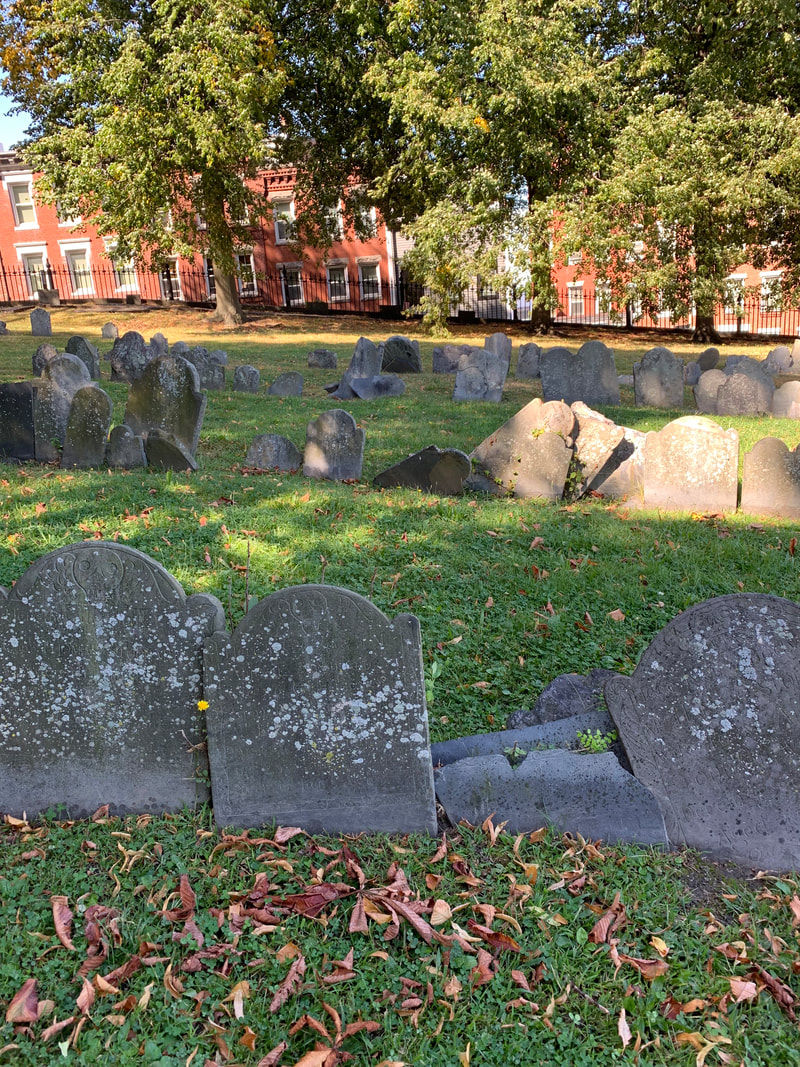
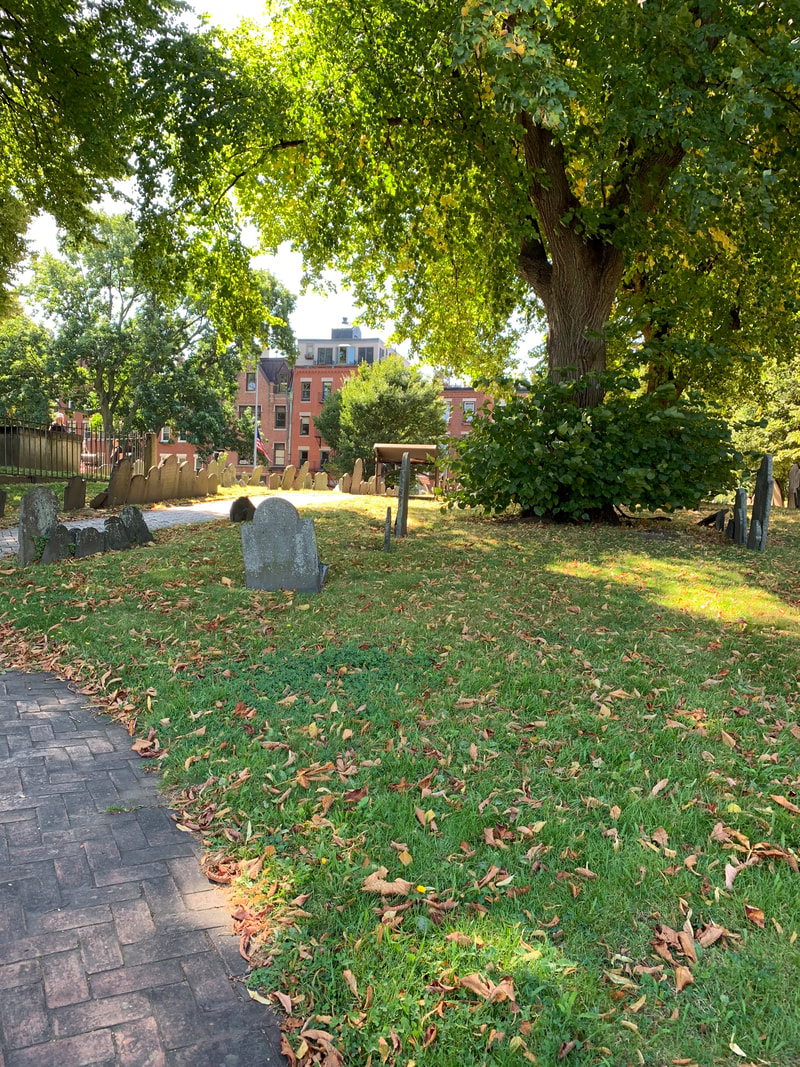
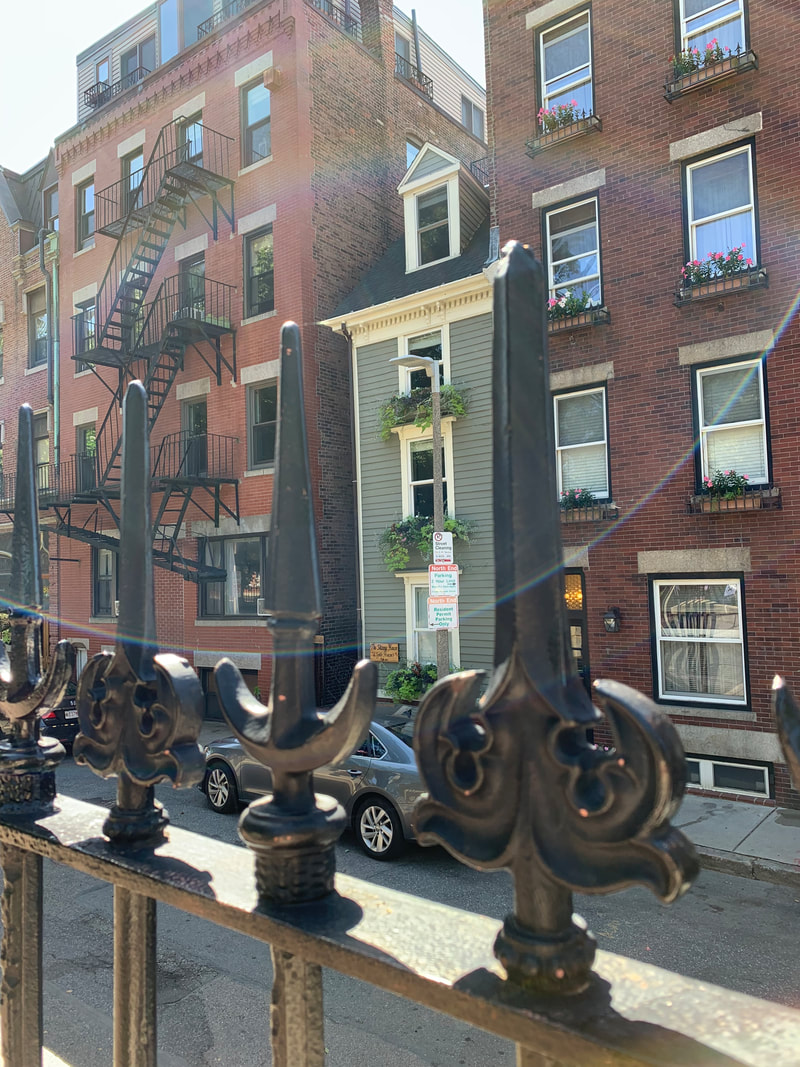
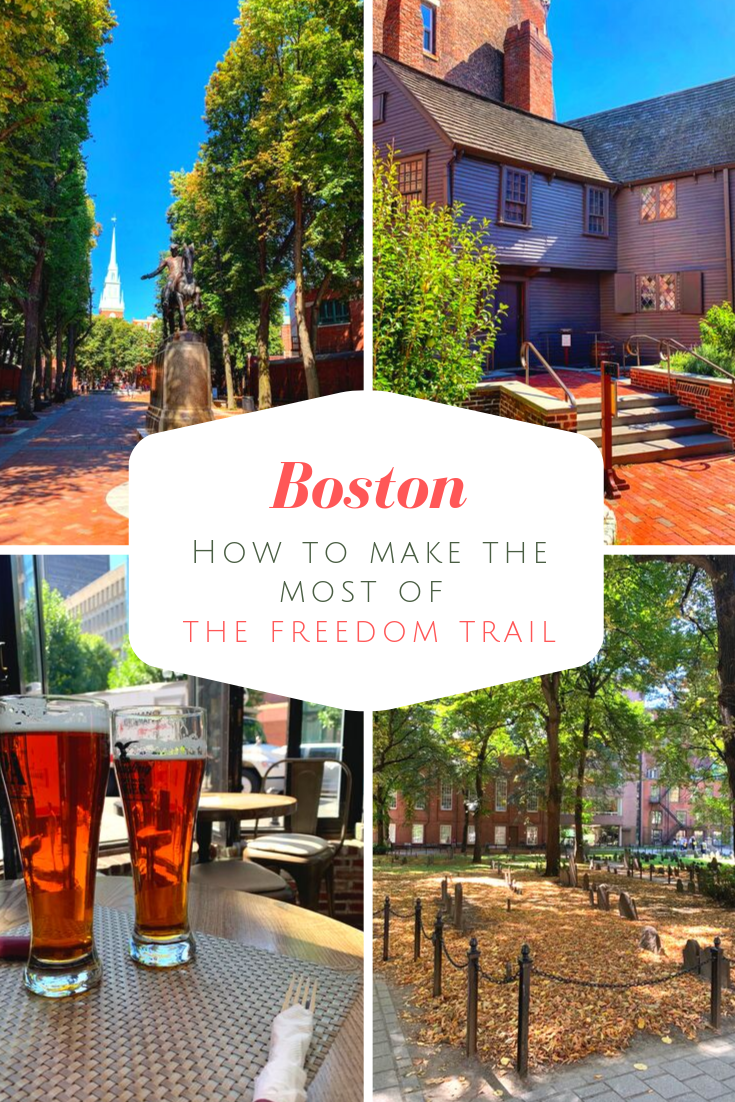
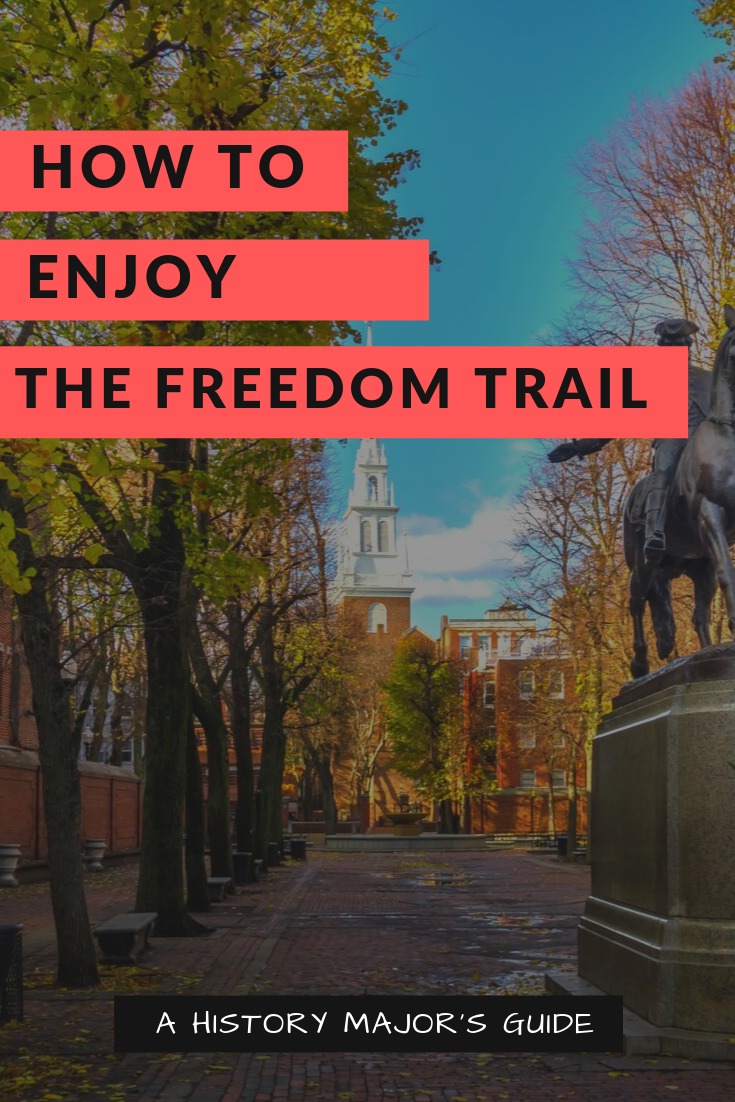
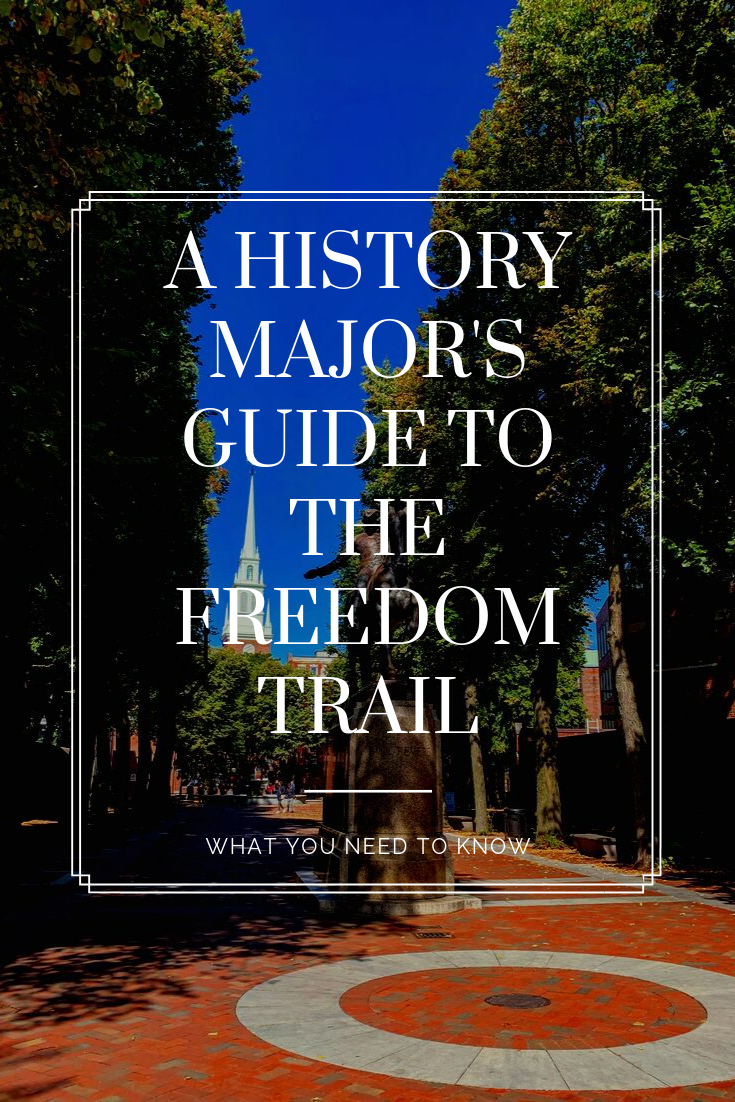
 RSS Feed
RSS Feed